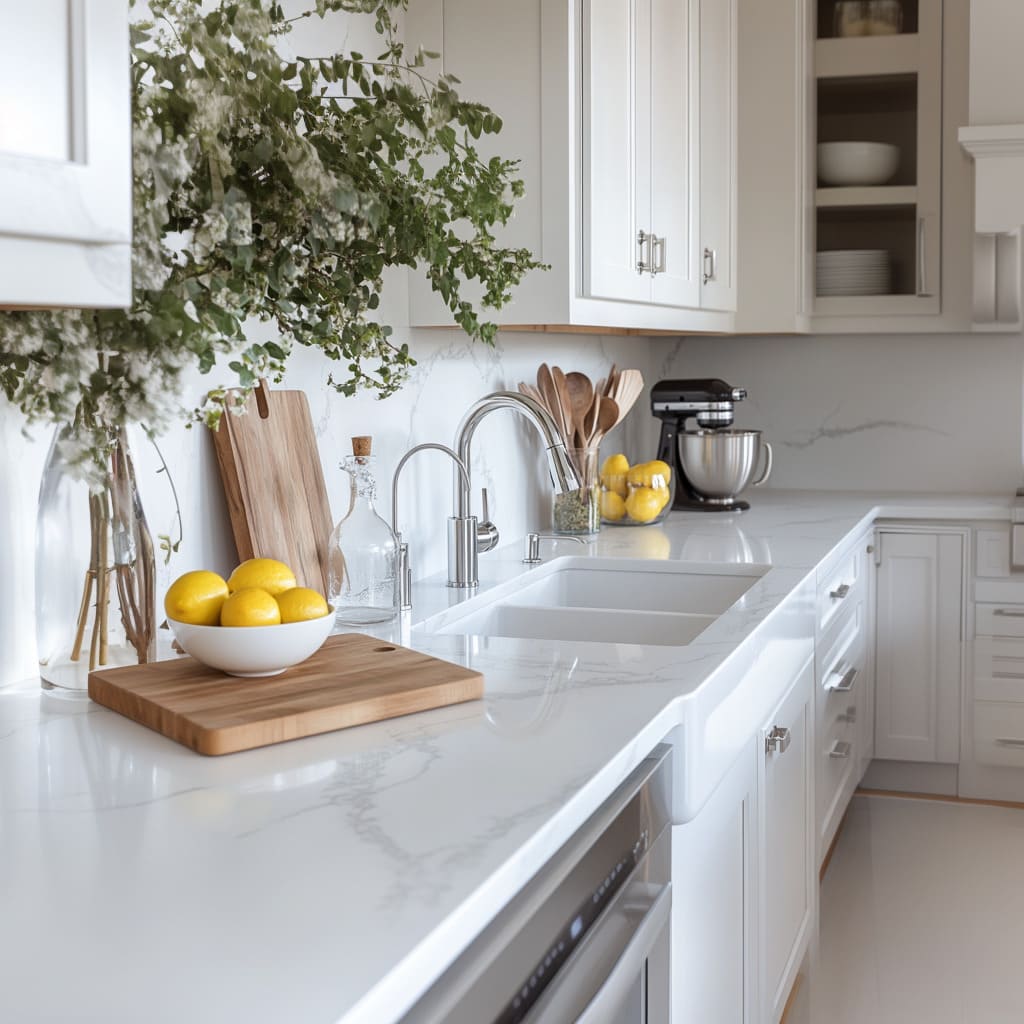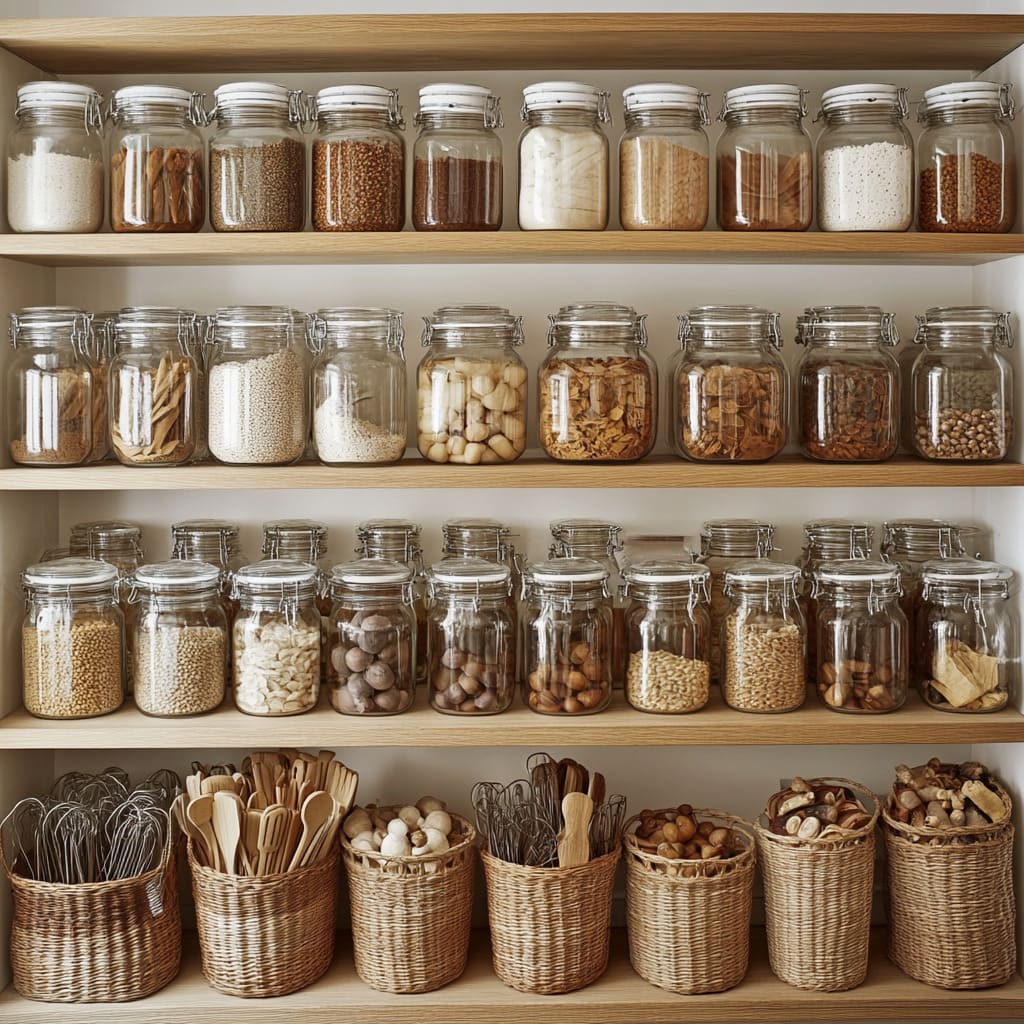Are you constantly striving for a spotless home but can’t seem to achieve it no matter how many methods you try? You’re not alone.
Many homeowners face this challenge, primarily due to limited knowledge of expert-level cleaning. However, the good news is that adopting certain professional cleaning techniques could make a significant difference.
They not only help maintain your house’s cleanliness but also prevent potential damages, saving you extra repair costs. This post will share effective techniques used by professional cleaners to maintain a tidy home.
Here are some practical cleaning methods to help keep your home well-maintained.
Create a Clean and Fresh Base
Preparing a smooth and sanitized base sets the tone for every space in your home. A clean home feels more comfortable and organized.
Remove Stubborn Foundation Stains
Blot any fresh makeup spill immediately to keep it from spreading. Apply a targeted cleaner that matches the foundation type for maximum efficiency.
Oil-free formulas usually respond well to regular laundry detergent, while oil-based versions often need dish soap mixed with warm water for deeper penetration.
Refresh Your Makeup Brushes
Rinse each brush under lukewarm water, gently swirling it to release trapped color. A mild shampoo solution offers thorough cleaning without damaging the bristles.
After rinsing, squeeze away residual moisture with a paper towel. Lay it flat on a clean surface to dry naturally and prevent bristle distortion.
Disinfect Your Products
It helps to wipe the exterior of liquid and cream makeup with a damp cloth. Inside nozzles and lids should be cleaned regularly.
Powder products stay fresh when you gently swipe the surface with a tissue. This simple gesture extends the life of each beloved palette.
Adopt a Cleaning System
Developing a structured approach keeps everything under control. It helps ensure every room receives attention, preventing overlooked tasks and eliminating chaotic spur-of-the-moment cleaning sessions easily.
- Outline a plan: Write a simple checklist that includes each major cleaning task, revisiting it regularly to stay on track.
- Gather essential tools: Assemble items such as microfiber cloths and effective cleaners, making sure everything is within quick reach.
- Clean top to bottom: Starting high allows dust and debris to fall onto lower areas that you will vacuum or wipe later.
- Use efficient methods: Employ tried-and-true strategies like vacuuming in overlapping lines and moving systematically around each room.
- Don’t forget maintenance: Keep mops and vacuum filters fresh, so they function properly and deliver the best cleaning results.
- Clean as you go: Wiping counters and clearing spills promptly helps contain messes before it becomes a harder job.
- Delegate responsibilities: Divide chores among everyone in your household, making cleaning a shared and consistent effort.
Rely on a predictable system so each person knows what to tackle. That way, your home remains orderly even during busy times.
Use Efficient Cleaning Tools
Using the right tools can make cleaning more efficient and less time-consuming.
Centralize Supplies
Consider keeping your vacuum and microfiber cloths in one easily accessible spot. This helps you grab what you need without rummaging around multiple rooms.
A single cleaning caddy cuts down on extra trips. Plus, you are more likely to follow your plan when everything is neatly consolidated.
Reduce the Number of Cleaning Products
One all-purpose cleaner can handle countertops, floors, and even appliances. Using fewer products can simplify the cleaning process and keep things organized.
Clean in an Efficient Order
Move methodically, beginning with taller elements like shelves and fixtures. Dust will naturally fall, so lower areas remain the last step for convenience.
Start cleaning from one corner and proceed in a circular pattern. This ensures you never waste time revisiting completed zones unnecessarily or duplicating efforts.
Soak and Simplify Tasks
A bit of pre-soaking often goes a long way when tackling grime. Loosen stubborn residues before wiping, so each job seriously takes less effort overall.
- Soak dishes first: Fill your sink with warm, soapy water. Let it sit while you handle other tasks, saving valuable scrubbing time later.
- Use mild abrasives: Baking soda or salt can help lift tough stains. Sprinkle it on problem areas for a quick, effective treatment.
- Opt for simple solutions: White vinegar mixed with water dissolves mineral deposits and neutralizes unpleasant odors that linger on certain surfaces.
- Divide big tasks: Break projects like reorganizing the pantry into smaller sections. This approach stops you from feeling exhausted early on.
- Steam for speed: Steam cleaning tools often require minimal effort. Heat naturally sanitizes floors and loosens grime in less time.
- Delegate family chores: Everyone can help, whether it involves pre-soaking a skillet or wiping counters. Shared cleanup encourages a team mindset.
Use these tactics to remove hassle from your routine. Breaking tasks into smaller steps makes daily cleaning more manageable.
Occasional Deep Cleaning for Maintenance
Occasionally, you need to go beyond surface wiping. Deep cleaning occasionally helps address dust and dirt that build up over time.
Identify Target Areas
Be sure to check behind heavy furniture. Dust bunnies and lost belongings often lurk where you seldom look, sometimes for months at a time unnoticed.
Kitchens and bathrooms require frequent deep attention. Scrub tile grout, disinfect handles, and wash behind appliances thoroughly to keep surfaces sanitized and odors at bay.
Consider Seasonal Changes
Frigid winters might bring in muddy footprints and salt stains, while blossoming springs can deposit pollen on frequently touched surfaces like window sills and door frames. Regular deep cleans combat these intrusions more effectively than random quick wipes.
Adapt your plan to match seasonal challenges for truly lasting freshness year-round easily.
Schedule Thorough Sessions
Planning a thorough cleaning every few months ensures grime never accumulates beyond control. Some recommend a biannual approach to maintain an ideal level of neatness.
For more insight, explore how long deep cleans typically last overall. You can tailor your intervals based on traffic and personal convenience preference easily.
Focus on Details First
Handling small tasks from the outset prevents them from piling up into overwhelming chores. This approach creates a noticeable difference in every functional area quickly.
- Start with tight spots: Light switches, doorknobs, and faucet handles can harbor germs. A disinfecting wipe keeps it all clear and hygienic.
- Check corners and edges: Dirt accumulates here. Vacuum or brush these areas to avoid built-up debris that detracts from an otherwise clean room.
- Scrutinize the fridge: Clear old leftovers and wipe shelves. It’s simpler to handle small expired items rather than facing massive cleanouts.
- Keep track of upholstery: Vacuum sofa cushions and switch pillow covers regularly. Dust mites thrive where you least expect it.
- Assess your baseboards: A quick microfiber wipe eliminates dust. Clean lines along the floor frame each room with an organized vibe.
- Organize personal items: Group supplies and accessories logically. That habit ensures faster retrieval and reduces clutter-related stress.
Applying meticulous attention right away steers you toward a complete clean. Dedication to details fosters an environment that feels bright, harmonious, and thoroughly well-maintained daily.
Maintain a Consistent Routine
Once you establish a pattern, everything becomes second nature. Regular sessions reduce your workload over time, ensuring a permanent sense of order and calm effectively.
Divide Cleaning Tasks
Break tasks into daily or weekly segments. Dishes, counters, and bed-making might be daily, while dusting and floor mopping happen reliably on a consistent schedule.
Adjust these tasks around personal obligations. If frequent gatherings occur, incorporate an additional session to thoroughly sanitize and restore areas used by guests seamlessly effortlessly.
Keep a Simple Checklist
Write down your recurring chores on a small board or notepad. Visual reminders keep the schedule alive and effectively prevent critical tasks from slipping daily.
Cross off each item once completed. That satisfying moment boosts motivation, showing progress and reinforcing the habit of consistent follow-through each and every single time.
Stay Flexible
Life gets hectic, so remain adaptable. If an unexpected event disrupts your cleaning day, shuffle tasks around seamlessly without losing overall momentum or personal drive.
Consistent effort doesn’t require perfection. The goal is incremental progress, which heightens overall cleanliness and actively supports an environment you can proudly enjoy every day.
Maintain an Organized and Clean Home
Maintaining a pristine home doesn’t have to be a burden. Remember, tackling the detail first and following with a consistent routine aids in preserving the luxurious foundation that you stage.
Implement this system and gather the key tools. Utilize smart tips like how to clean an oven, soak, simplify tasks and deep clean. These methods can help maintain a clean and organized home.











